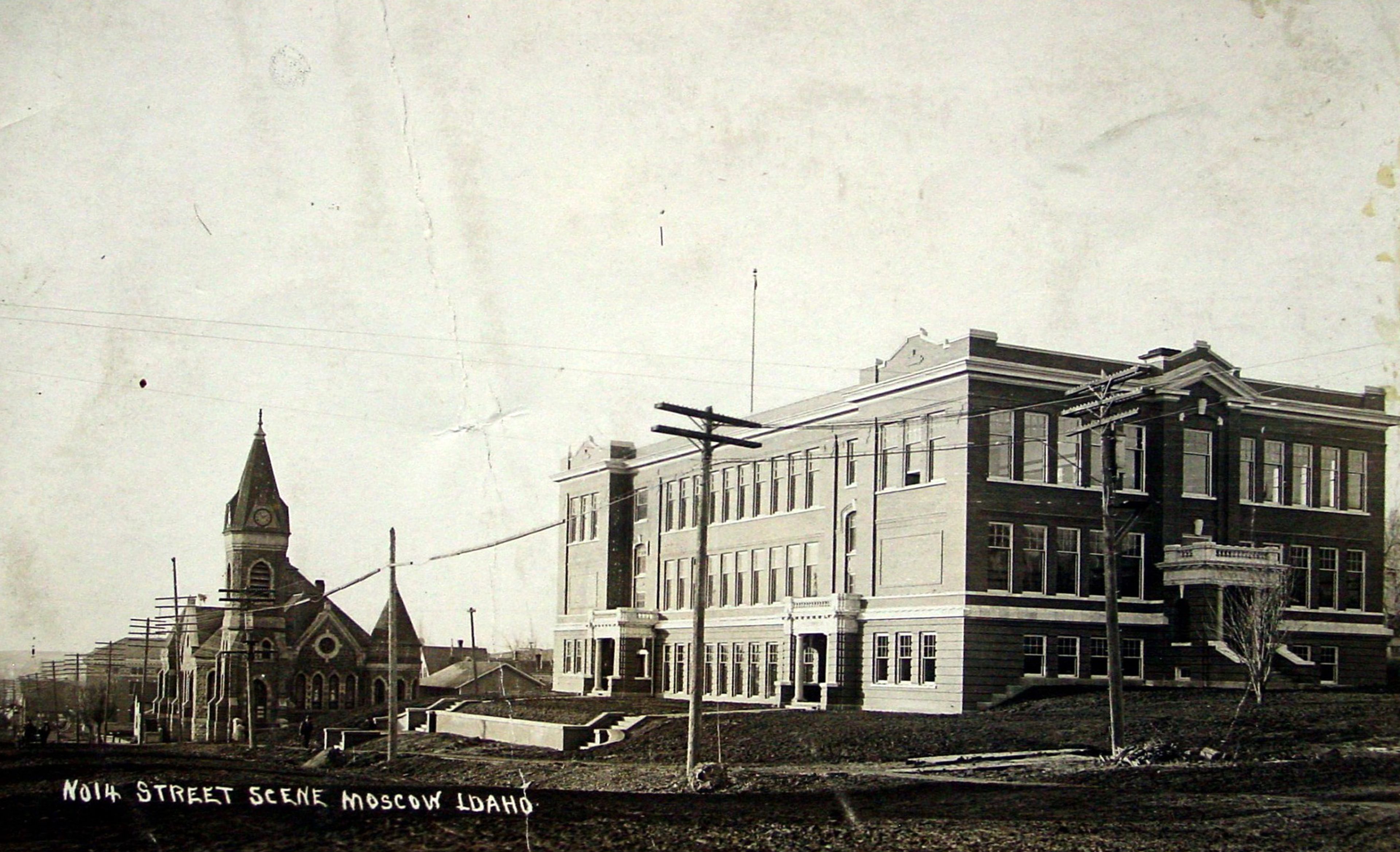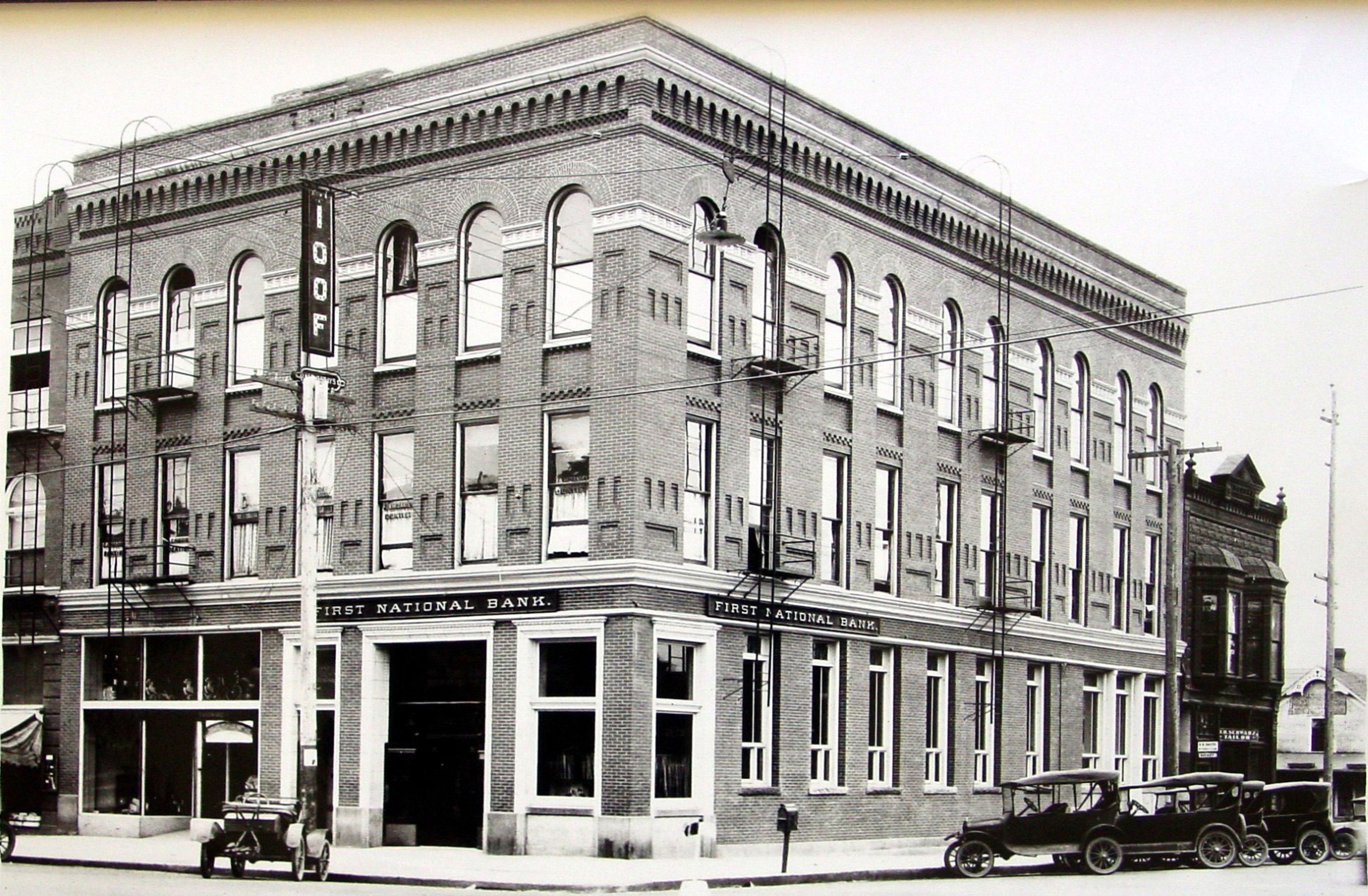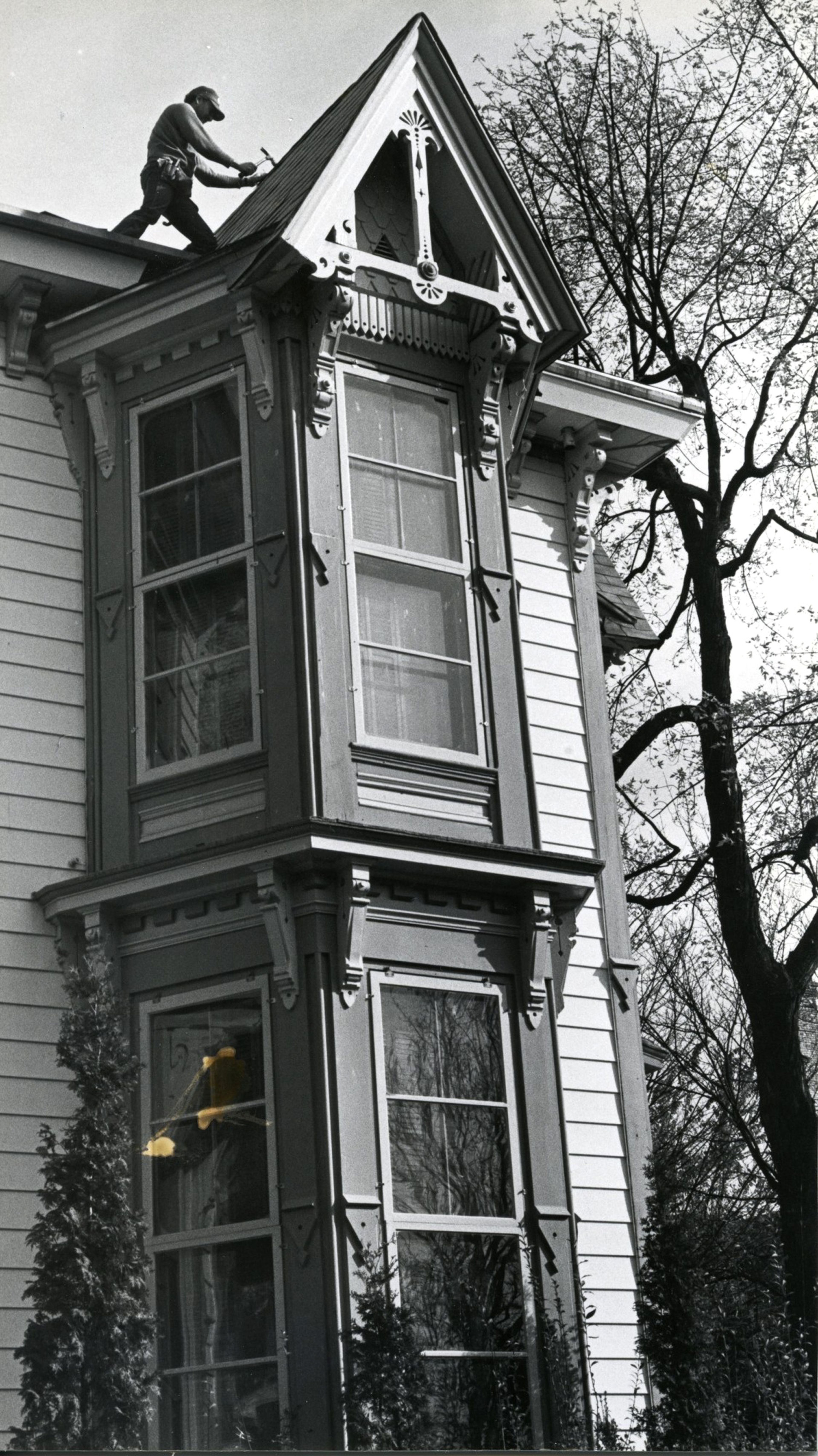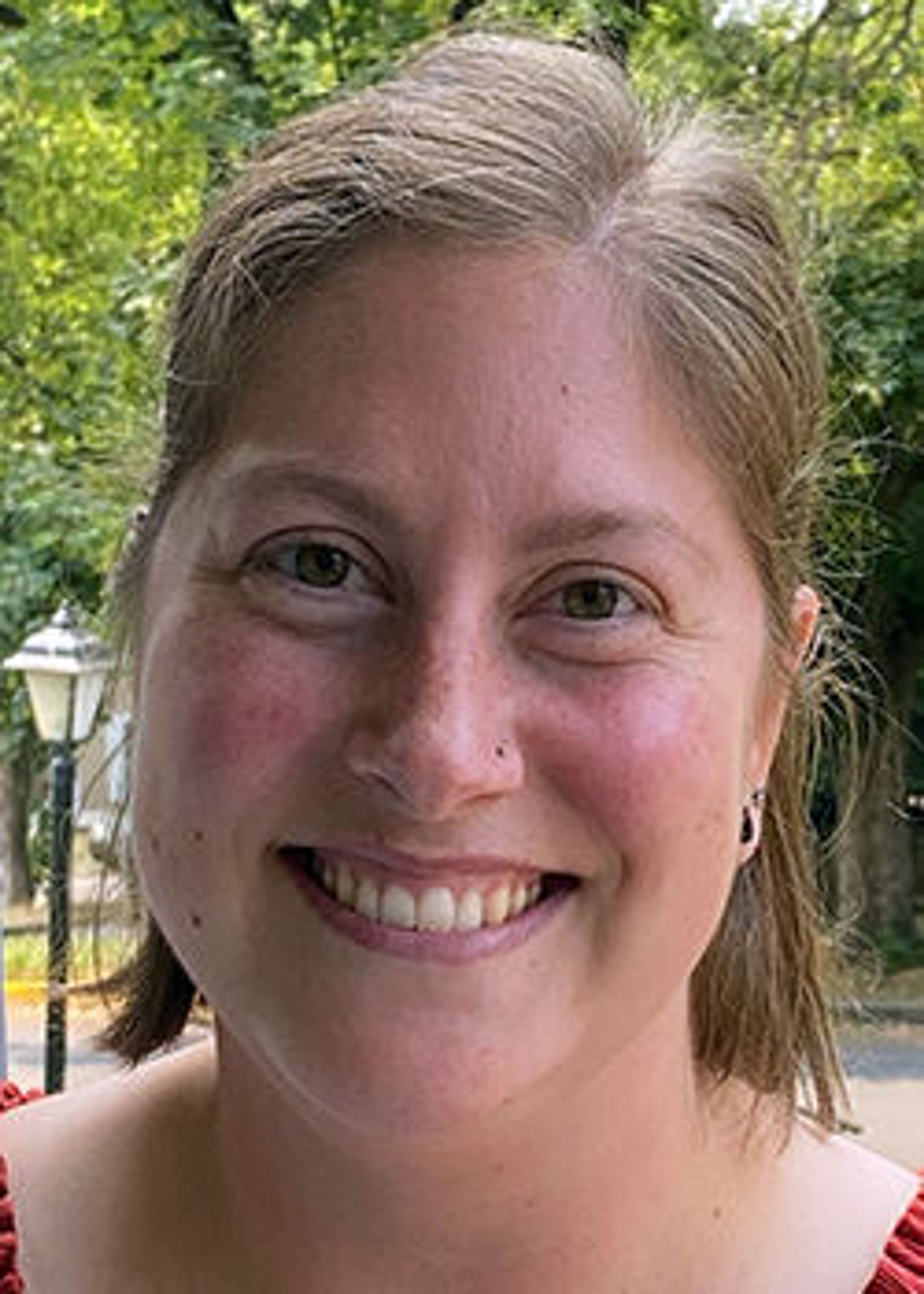Did you know that May is National Preservation Month? Now, preservation can mean a lot of different things, but in this context, I am referring to historic preservation, which seeks to preserve, conserve and protect buildings, objects, landscapes, or other artifacts of historical significance.
Established in 1973 by the National Trust for Historic Preservation, National Preservation Month celebrates “historic places for the purpose of instilling national and community pride, promoting heritage tourism, and showing the social and economic benefits of historic preservation.” One way to do that is through our community preservation commissions. Latah County and the city of Moscow both have commissions, which are recognized by the State Historic Preservation Office as certified local governments, eligible for National Park Service funding that benefits historic preservation in our area. Some of the actions of those commissions includes nominating properties for the National Register of Historic Places, educating our communities about preservation, and celebrating places of historical significance.
One of the threats to historic preservation is urban renewal, a concept that involves redeveloping land to address urban decay in cities, often by clearing out areas in favor of new housing, businesses and other developments. The U.S. saw a large period of urban renewal in the 1960s and ’70s, which is how many communities, particularly low-income neighborhoods of color, lost their historic buildings.
Urban renewal did not just happen in large cities — Moscow was not immune to its effects. One striking example is the intersection of Third and Main streets. The western corners of that intersection housed two banks, the First National Bank and the First Trust & Savings Bank. In attempts to modernize, the “elevator bank” and what is currently Wells Fargo were constructed on those corners.
As a reaction to urban renewal, many grassroots efforts have emerged to save rather than demolish historic buildings. One example that comes to mind is the 1912 Center. As an event space and community center, it seems unbelievable that the school district considered its demolition until private donors transferred ownership to the city in the 1990s.
As the executive director of the Latah County Historical Society, I am responsible for managing the McConnell Mansion Historic House Museum in Moscow. One of my major focuses recently has been the preservation and restoration of the McConnell Mansion windows. The house was placed on the National Register for Historic Places in 1974, not just as the former home of important figures in Idaho’s history, but also for its 1886 architecture. The McConnell Mansion is a rare example of the Victorian Eastlake style in our area, which is a subsection of the Queen Anne style, featuring intricate decoration, sharp gables and tall windows.
For the bay window restoration, LCHS chose to restore rather than replace the windows because of their prominence on the house, the longevity and sustainability of restoration work, and to preserve the historic character of the house that is integral to the Eastlake style. Preservation maximizes the use of existing materials, which are oftentimes superior to their modern replacements. Most pre-World War II wood is denser than new wood and will wear better when properly maintained. Rehabbing the existing materials makes use of that denser wood and requires less waste when compared to replacements. Additionally, many studies have been conducted to analyze the energy efficiency and cost of rehabilitating wood windows versus replacing with modern windows. Those studies found that retrofits for historic windows perform comparably to new replacements windows, and almost every retrofit option offers a better return on investment in the long run. In a world that is trying to be more green and environmentally responsible, preservation is one way to do that.
Historic preservation is not just a greener alternative to new development — it also plays a major role in cultural heritage tourism, which is integral to our economy. Historic sites play a vital role in tourism and each year studies show that domestic and international travelers participate in cultural or heritage activities while traveling. Plus, those that do those activities stay longer, spend more, and travel more often. According to the Advisory Council on Historic Preservation, “heritage tourism creates jobs and business opportunities, helps protect resources, and often improves the quality of life for local residents.”
As one of only two museums in Moscow, the McConnell Mansion can attest that each year we receive visitors from all over the world interested in our local history. In terms of quality of life for residents, historic preservation creates environments that are attractive to live, work, or visit. They preserve walkable neighborhoods and traditional development patterns. When preservation is considered, cities have found that innovative businesses prefer older buildings because of their individualistic and interesting characteristics, which draw people in. Aside from the quality of life and economic benefits, historic buildings can be great education tools and reminders of our shared histories. Buildings are visible records of our past and physically visiting historic places where people can touch and experience that history sparks something that is often lacking in a classroom setting.
Lastly, you cannot discuss historic preservation without talking about cost. Do I think every historic building should be saved? No, that is not remotely feasible. I’m not going to say preservation is cheap because it’s not. But what we can do is have appreciation for the historic buildings around us and have discussions when alterations are proposed. There is also a very real lack of diversity when discussing historic preservation. In most places, properties that are deemed worthy of saving are connected to disproportionately white and wealthy communities. There is a large movement within the preservation field to create more equitable conditions across race and other identities in terms of what’s saved. Additionally, cities are using historic preservation to address the housing crisis and think creatively about uses of space and zoning.
As you can see, historic preservation is a huge topic, and one that requires nuance and further discussions. But when preservation is considered when thinking about our built environments, it can be more sustainable, greener, benefit our economy and community’s quality of life, attract tourists, educate the public, combat urban renewal efforts, and creatively address other social issues. This Preservation Month, think about which buildings in our community you love and why, and I’d hazard a guess that many of them are historic structures.
Noble is the executive director of the Latah County Historical Society.










